Nickname(s) "The Humane One" Service/branch German Army Name Hans-Valentin Hube | Rank Generaloberst Years of service 1909–44 Unit 7th Division | |
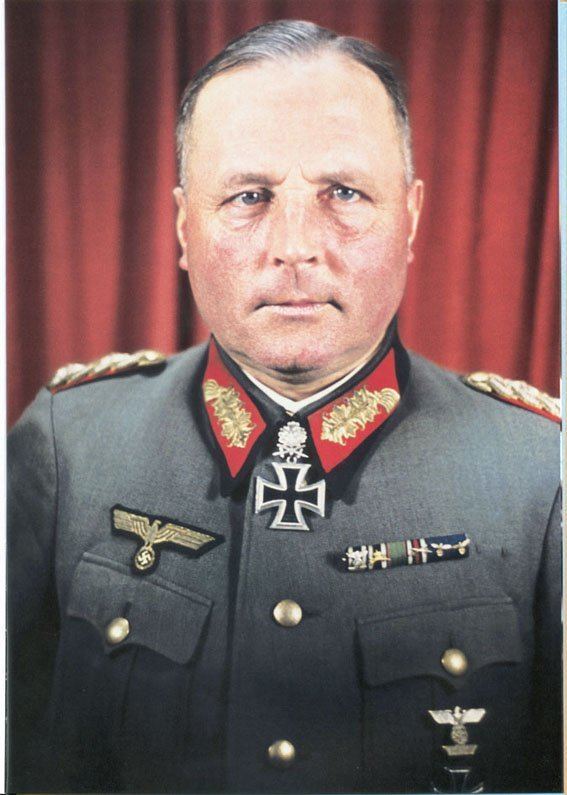 | ||
Born 29 October 1890Naumburg an der Saale ( 1890-10-29 ) Battles/wars See battles World War IRace to the SeaFirst Battle of the AisneWorld War IIBattle of FranceBattle of SedanBattle of DunkirkInvasion of YugoslaviaOperation BarbarossaBattle of KievBattle of StalingradKamenets-Podolsky pocket Died April 21, 1944, Obersalzberg, Berchtesgaden, Germany Similar People Walter Model, Albert Kesselring, Erich von Manstein, Paul Ludwig Ewald vo, Karl‑Adolf Hollidt | ||
Hans-Valentin Hube (29 October 1890 – 21 April 1944) was a general in the Wehrmacht of Nazi Germany during World War II. He commanded several panzer divisions during the invasions of Poland, France and the Soviet Union. He was a recipient of the Knight's Cross of the Iron Cross with Oak Leaves, Swords and Diamonds, Nazi Germany's highest military decoration. Hube died in an air crash on 21 April 1944.
Contents
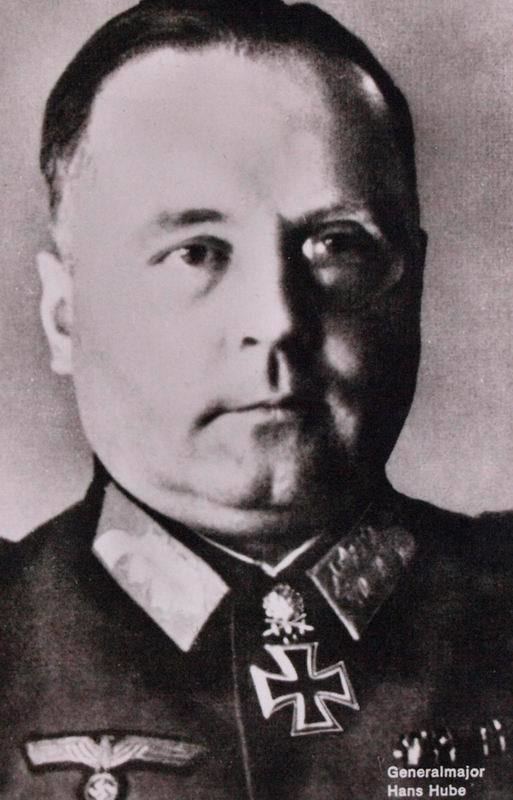
World War II
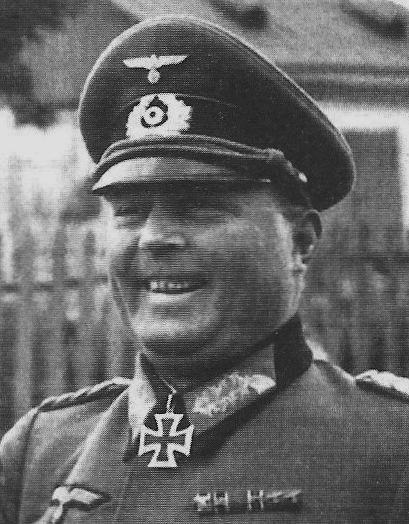
Hans-Valentin Hube was born on 29 October 1890, in Naumburg an der Saale, German Empire. Hube volunteered for military service in the Prussian Army in 1909, and served during World War I where he saw action in the battle of the Race to the Sea, and was awarded the Iron Cross 2nd Class and the Knight's Cross of the House Order of Hohenzollern. In 1918, following the end of the war which ended with the German Empire's defeat and subsequent collapse, Hube briefly served with the right-wing Freikorps paramilitary during the instability. Hube joined the Reichswehr, the successor of the Imperial German Army after the establishment of the Weimar Republic, and continued his army service in the Wehrmacht after the founding of Nazi Germany, reaching the rank of Oberst in 1936.
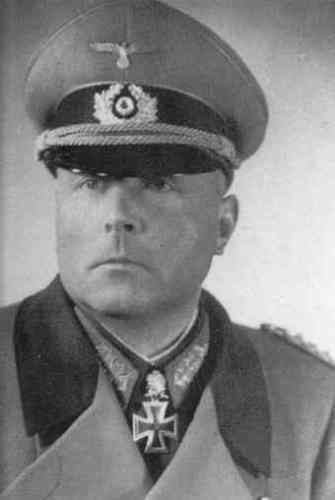
Hube took part in the invasion of Poland and the Battle of France as a regimental commander. He was appointed commander of 16th Infantry Division in June 1940. As commander of the 16th Panzer Division, he took part in Operation Barbarossa as part of Marshal Gerd von Rundstedt's Army Group South. For this action during the campaign, Hube got the Knight's Cross of the Iron Cross. On 16 January 1942, he was awarded the Oak leaves to the Knight's Cross for his actions in the Battle of Kiev. Hube then led the division during Fall Blau and the Battle of Stalingrad. In September 1942, Hube was given command of XIV Panzer Corps, the parent formation of the 16th Panzer Division.
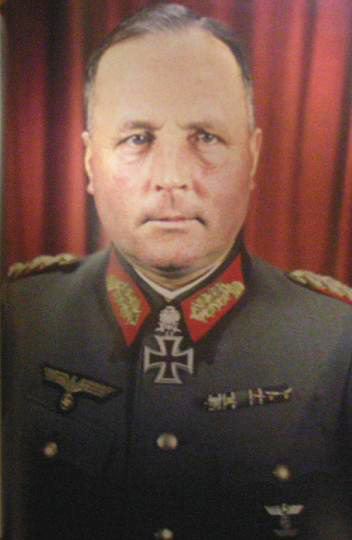
Hube commanded the XIVth Corps during the Soviet counter-offensive, Operation Uranus. He was promoted to Generalleutnant and received the Swords to the Knight's Cross with Oakleaves from Adolf Hitler personally on 21 December 1942. During his time at the Führer-Headquarters in Rastenburg, Hube argued strongly, but to no avail, for Hitler to allow 6th Army to attempt a breakout. Instead, Hitler promised a new relief attack beginning in the middle of Feb. Hube conveyed that plan to Paulus upon his return to the cauldron. However, Hube was then ordered to fly out again on 10 Jan. to "reorganize the supply of the 6th Army."
After the destruction of the 6th Army, Hube was sent to the Mediterranean front. He created Gruppe Hube in Sicily, an army-sized formation whose task was to defend German positions on the island. With the advent of Operation Husky on 10 July, Hube commanded the overall German defence. On 17 July 1943 Hube was given command of all army and Flak troops on the island. Hube organised the evacuation to the Italian peninsula. He had prepared a strong defensive line, the 'Etna Line' around Messina, that would enable Germans to make a progressive retreat while evacuating large parts of his army to the mainland. Patton began his assault on the line at Troina, but it was a linchpin of the defense and stubbornly held. Despite three 'end run' amphibious landings the Germans managed to keep the bulk of their forces beyond reach of capture, and maintain their evacuation plans. Withdrawing a large number of troops from the threat of capture on Sicily represented a major success for the Axis. Hube was later involved in the battles defending positions at Salerno during the Allied Operation Avalanche.
Hube was moved back to Germany to take command of the Führer-Reserve OKH. On 23 October 1943, Hube was delegated as commander of the 200,000 man 1st Panzer Army, then serving with Army Group South under Field Marshal Erich von Manstein. In February 1944, Hube was officially confirmed as commander of the 1st Panzer Army. Shortly after, III. Panzerkorps, one of Hube's units, was required to assist German forces breaking out of the Korsun-Cherkassy Pocket. Soon after this, Hube's force was encircled in a pocket near Kamenets-Podolsky. Hube led the breakout which lasted from 27 March 1944 until 15 April 1944.
On 20 April 1944, Hube returned to Germany where Adolf Hitler personally awarded him the Diamonds to the Knight's Cross and promoted him to Generaloberst for his actions in Sicily, Salerno and in the Kamenets-Podolsky pocket. Hube was killed when the aircraft that was transporting him to Berlin crashed after takeoff in Salzburg on 21 April 1944.
Hube was given a state funeral in Berlin on 26 April 1944. His coffin was laid out in the Reich Chancellery and the eulogy was delivered by Heinz Guderian. The guard of honour consisted of the generals Walther Nehring, Hermann Breith, Heinrich Eberbach and Hans Gollnick. Hube was buried at the Invalid's Cemetery in Berlin.
